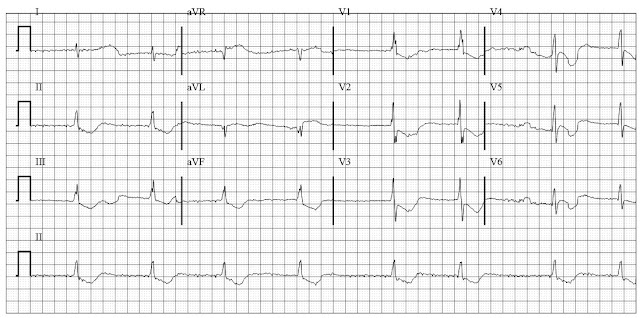I would like to share with you about SVTs, or supraventricular tachycardia, today. I'll be focusing on the pathophysiology, ECG features, and the management of SVT today. So this is a brief outline of the lecture today. I will be going through the definition of SVTs, followed by a brief classification of tachyarrhythmias, the pathophysiology behind it all, ECG features, and management principles of SVTs. I will round off the lecture with a clinical scenario related to the topic. This lecture is meant to be a basic introduction to SVTs, and is by all means not exhaustive. So without further ado, let us begin. Supraventricular tachycardias are defined as narrow complex tachycardias where the point of stimulation arises from above the bundle branches. There are many types of SVTs, as will be shown in the next slide, and some are more common than the others. However, in our local context, it is used interchangeably with proximal supraventricular tachycardias, which make up a...
Cardiology Notes: Clinical Cases including ECG, Echocardiography, Cath, and MOCK Exams to sharpen your cardiology data interpretation skills. Healthcare is stressful!!! Learning cardiology shouldn't be !!!

Comments
Post a Comment
Drop your thoughts here, we would love to hear from you